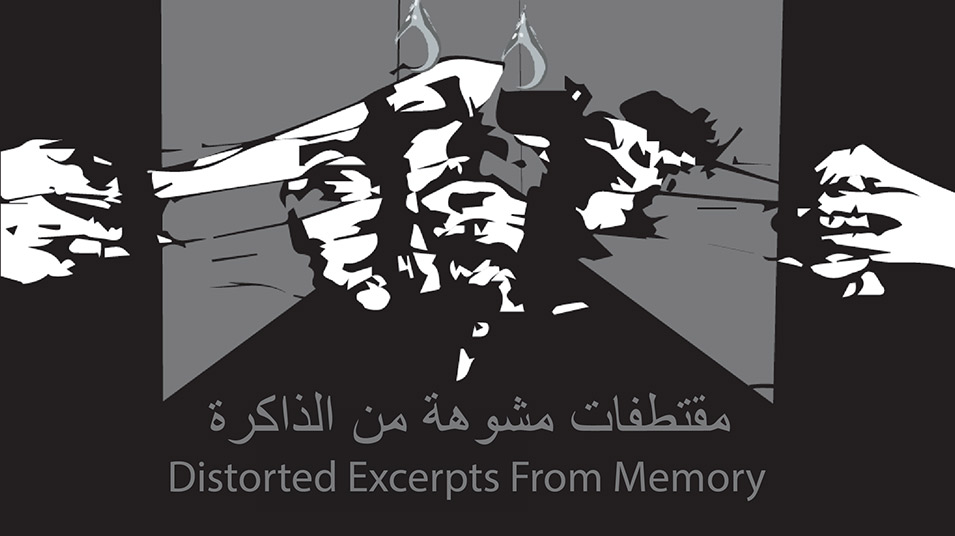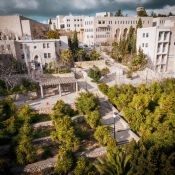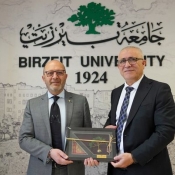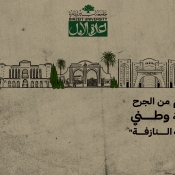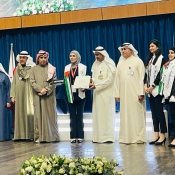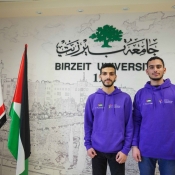A.M. Qattan Foundation and Birzeit University launch platform retelling the stories of Palestinian prisoners
Birzeit University and the A.M. Qattan Foundation celebrate their ongoing partnership through launching a new digital platform, “Architectural Violence: Stories of Palestinian Prisoners,” on May 21, 2022.
The platform is the product of a long-standing collaboration between the Foundation’s public programme, the university’s Architectural Engineering Department and Forensic Architecture, a University of London-based multidisciplinary research group.
Prior to launching the platform, the exhibition “Forensic Architecture: Assembled Practices” was inaugurated at the Foundation in 2020, following a joint work with Birzeit University’s Faculty of Architecture. The exhibition outlined counter-forensic methodologies while investigating and subverting oppressive state practices.
The exhibition resulted in multiple outcomes, including the development of new counter-forensic research methodologies to hold Israeli accountable, in addition to the development of a new academic course that reflects on Palestinian prisoners’ experiences inside Israeli prisons.
Yazid Anani, director of the Foundation’s public programme, stressed the importance of the exhibition. Anani pointed out that “Forensic Architecture” shed light on methodologies that expose Israel settler colonialism in Palestine.
The Foundation, continued Anani, intended to publish the exhibition’s outcomes in Palestine through the collaboration—and a new course—with the Department of Architecture. The department encouraged students to create projects that reflect Palestinian reality living under Israeli colonialism.
Shaden Awad, assistant professor at the Department of Architectural Engineering, outlined the course’s content. She pointed out that the course was taken in the context of the exhibition, introduces students to counter-forensic methodologies and exposes crimes perpetrated by the Israeli occupation. It also reconstructs prison architecture through the memories of former prisoners.
The course, according to Awad, reconstructs visual and spatial structures that can be used to assist the memories of those giving testimony.
All projects use 3D printing techniques that highlight the spatial experiences of several Israeli prisons, including: Ofer, Al Mascobieh, Jalama, Asqalan, Negev and the Israeli prison transferring vehicle, the “bosta.” The project exemplifies the relation between environmental, psychological and colonial oppressions.
To see the platform, go to: http://bzu.qattanfoundation.org/.

